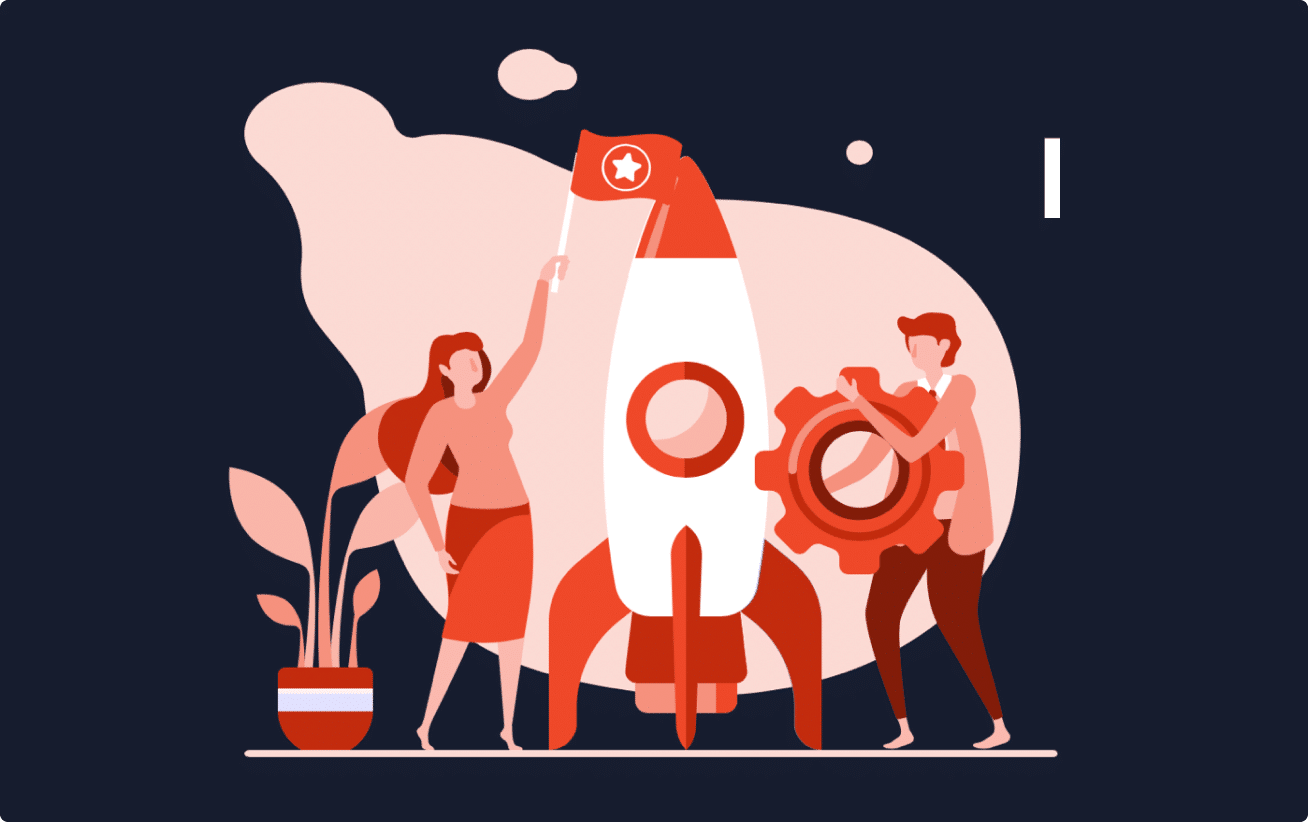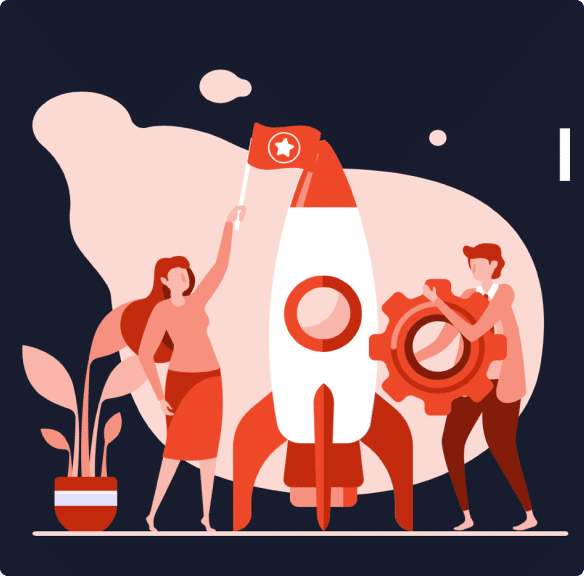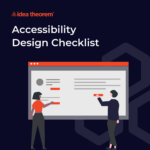Instead of assuming a product idea will be successful, companies should first focus on validating their product idea(s) in order to determine if it is useful for their targeted users. Companies should focus on validating idea(s) in order to determine their success rate. In this article, we will discuss the process of idea validation checklist to prevent negative results, both from business and customer perspectives.
Why Non-Validated Ideas are a Problem
Here are some reasons why product design teams should validate ideas before developing them into a finished product.
- Ideas may lead to no improvements for both the business and the customers. In other words, perhaps the ideas have no measurable improvements.
- Because of the unknown areas, no one can predict if an idea is valuable for businesses and customers.
- Launching ideas without data-driven research and robust validation criteria can result in a waste of time and effort for businesses.
The Process of Validating Ideas
Primarily the purpose of this process of idea validation is to learn if your idea is useful, usable, and feasible. However, before validating any idea(s), you will need to make sure there are real users out there who will be benefited from your idea(s). This process will require you to identify your market in order to validate your idea(s) effectively. The idea validation process involves 4 phases; Assessment, Fact-Finding, Test, and Experiment.
Phase 1: Assessment
The purpose of the assessment phase is to help evaluate the ideas, filtering out what does and does not align with business goals, while identifying the hidden risks. The goal is to eliminate any ideas that may risk the business and customers.
Stakeholder Interview/Review
Review your idea with a stakeholder to sift out risk in the business aspect. Stakeholders may also provide insights on how to change the idea, to reduce potential risks.
Assumption Mapping
Identify the hidden risk behind your idea through this experimentation. The goal is to map out all assumptions and hidden risks, especially useful for bigger ideas.
Phase 2: Fact-Finding
Now that you filtered out your ideas based on assumptions and risk, the next step is to gather all the available facts and data to back-up your idea(s). Essentially, we want to build data-driven idea(s) that proves that they can be impactful for both businesses and customers. Another benefit of fact-finding is that it may also provide insights to further refine your idea(s) before launching it to the public.
Analysis of Data
Analyze data through user feedback, screen heat maps, and many other analysis tools in order to understand your target audiences.
User Surveys/Interviews
Give you quantitative and qualitative information directly from your users regarding your valuable question about the idea. The purpose is to gather insights about your users’ needs, current methods to solve problems, pain points, and their opinions about your idea.
User interviews provide qualitative data. You will be able to gather detailed insights as they talk about the topics you bring up. The only downside of user interviews is that it requires time and effort to gather data.
Surveys provide quantitative data. Although the data is not as detailed as the user interview, you will benefit from gathering numerical data. The positive side of surveys is that you will be able to gather data much faster than user interviews.
Competitor Analysis
Learn how to solve the problem and know how real users think through analyzing and understanding your competitors. It is beneficial to identify your competitors’ solutions, weaknesses, and strengths. Gain an understanding of the products’ scope by analyzing what already exists in the market, prior to building the idea(s).
Field Research
Get the intention of the users’ actions and behaviours from observing them in their natural space. You will get a true sense of your users’ actions and behaviours from a natural environment, rather than an artificial one in a controlled setting. Natural spaces can include the workplace, at home, or in public spaces.
Phase 3: Test
At this stage, you are not validating a finished product. Instead, this stage requires you to create a version of your idea and launch it to your user group. The purpose is to measure the reaction and learn if it works with your user group.
Usability Test
Testers walk through the product under guidance and supervision by using similar tools to the actual product such as an interactive prototype. The purpose of usability testing is to ensure that the targeted user group is able to use the idea(s) effectively. The goal is to ensure that the idea(s) is convenient, easy to use, and intuitive.
Phase 4: Experiments
Experiments are not the same as the testing phase. In the testing phase, we are measuring the user groups’ reactions and the ability to use the idea(s). In the experiment phase, we are experimenting with our idea against a false result. For example, the majority of users prefer version 1 over version 2.
A/B Test
Let users experience and compare the original version and the new version. The version with the most likes or that is most widely accepted by the majority of users is the best option. Learn More here.
Percentage Experiments
As you are implementing a product UX change, stop at a specific milestone – such as 30% – and conduct an A/B test to verify the coherence of the results.
Conclusion
Validating ideas before launching them to the public for use is essential in product growth. Moving forward with developing product ideas without validating key areas can ultimately lead to a waste of time and money. Idea validation can prevent negative results, both from business and customer perspectives.
Want to learn more about idea validation?
Download the checklist here >>
—
What’s Next
Idea Theorem is an award-winning design & development agency based in North America. Through our empathy-driven approach, we have crafted digital products that have positively impacted over 10 million users. Our mission is to shape the digital future by delivering exceptional experiences. Contact Us if you have any questions; we will gladly help you.







